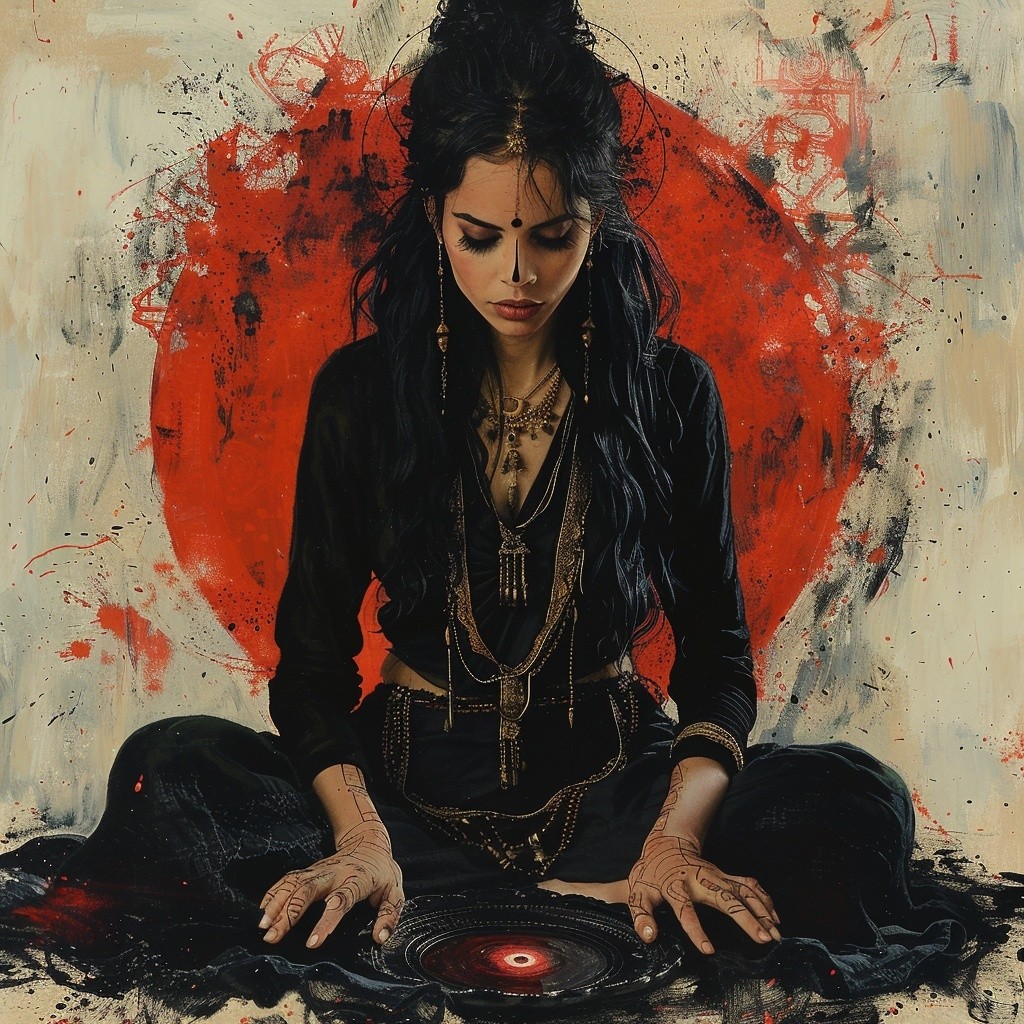Mayong, Assam: The Cradle of Dark Magic—A Remote Village Where Legends Speak of Beasts, Vanishing People, and Forbidden Power
Nestled in the far northeast of India, the village of Mayong in Assam is whispered to be the 'Cradle of Dark Magic.' For generations, local witches and sorcerers have guarded ancient arts, passing them down as if they were seeds for rice or threads for cloth. Far from modern life, Mayong lives in the memory of those who believe in its power. The village’s name is thought to derive from Sanskrit maya, meaning illusion, though other theories tie it to local languages and lore. Some legends suggest Mayong is a place where reality can bend, where truth hides in plain sight, and where the ordinary gives way to something darker and more elusive. According to lore, Mayong is a place where a person could turn into a beast, wild creatures could become tame, and certain chants could make someone vanish in an instant.

In This Article:
Origins of Mayong’s Name: Maya, Miyong, and the Goddess
One theory traces Mayong to the Sanskrit word maya, meaning illusion or deception; in the village’s tales, that name fits a place where reality seems slippery and hard to pin down. Another local explanation links Mayong to the Tivá language, where 'Miyong' means 'elephant'—a nod to the region’s wild herds and the nearby Pobitora Wildlife Sanctuary. Other legends connect the name to the goddess Durga and the goddess Mahamaya, with some saying Mayong derives from 'Maa-R-Onge'—a phrase tied to a goddess’s body part in myth. The area is home to temples devoted to Shakti and Kamakshi, hinting at a spiritual layer to these legends. There are also ancient echoes: references in the Mahabharata and a suggestion that Mayong was once linked to Tantra-Kriya practices.

Ancient Powers and Modern Myths: Luki Mantras, Kamakhya, and Narabali
Locals speak of 'Luki Mantras'—special words that, in stories, could lift a person into the air, make them invisible, or allow them to land exactly where their true love lives. For generations, Mayong has been treated as a magnet of magical power in India. Legends speak of temples devoted to the Goddess Kamakhya, a figure tied to Shakti and Tantra, in a region once known as Kamrup. Tales suggest that practitioners gained extraordinary abilities through ritual, prayer, and reverence for the goddess. Believers say these rites could calm or provoke forces of fate; in some accounts, the Kamakhya shrine is linked to ceremonies that sought to appease the goddess through austere piodges and offerings, including discussions of Narabali—human or animal sacrifice—intended to curry favor with the divine.

Artifacts, Anecdotes, and a Museum: Evidence of Mayong’s Shadow Past
Forest corners around Mayong are said to have sheltered dark practitioners in ancient times; one legend claims that in 1337, Muhammad Shah’s army of more than 100,000 riders was defeated by local spells near this place. For residents, that outcome stands as proof of the power of their rites. Archaeological finds—swords and other objects once used in ritual sacrifice—support the belief that magical rites were performed here. The Mayong Museum of Black Magic houses manuscripts and relics: spells written on bark with special inks and peacock-feather nibs, as well as effigies tied to local rites that some say resemble dolls used in ritual magic. As old powers waned, the village’s practitioners aged and died. Today only a small number remain, often described as Bezi—people who still use their gifts to improve others’ lives rather than to harm. Tourists have begun to visit, drawn by the lore, while some locals still seek out seers who read palms, use glass shards and seashells to predict futures, or employ copper plates and other folk methods to draw disease from the body.

Beliefs That Endure: Panch Devata, Kamakhya and the Debate Over Magic Today
Even today, villagers honor Panch Devata—the five gods and goddesses Shiva, Vishnu, Ganesha, Parvati, and Dinesh—believing their temples also serve as centers where magic is studied and practiced, though genuine tantric rites belong more to folk tradition than to temple worship. One enduring thread ties Mayong to the goddess Kamakhya; some stories say that the region’s sorcerers gained power through special pujas and offerings to the goddess, including legends of animal and even human sacrifices (Narabali) to please Kamakhya. Black magic remains officially banned, yet people in Mayong still seek help from practitioners who claim to lift curses and alter fortunes—sometimes out of fear, sometimes out of envy, sometimes for the chance to protect loved ones. To ward off misfortune, many households maintain protective customs: hanging torn fishing nets smeared with mustard seeds at doorways, keeping fish bones on the roof to avert floods, and even placing an iron knife under the bed to deter evil. These practices linger in memory as part of a broader cultural mindset that blends superstition with daily life.

